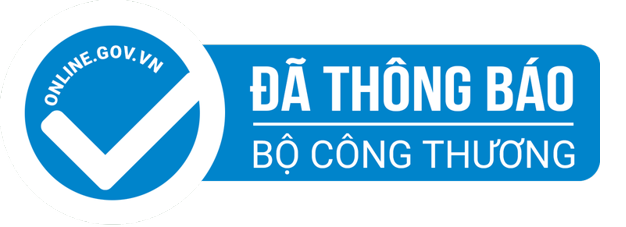VIETNAMESE BÁNH MÌ AND CÀ PHÊ SỮA ĐÁ
VIETNAMESE BÁNH MÌ AND CÀ PHÊ SỮA ĐÁ in Vietnam is widely known as the paradise of street foods since you set foot here, you’ll find many vendors selling food on the sidewalk or on the mobile carts. Those street vendors sell many different kinds of foods, from hot dumplings to mouth-watering noodle soups. Vietnamese people love street foods since they are cheap, diverse, tasty, healthy, and quick. Most of the street foods cost less than 3$ and that is quite a reasonable price compared to the income of the average Vietnamese. People usually joke about how making a decision to choose what to eat gives them a headache as there are so many different options for breakfast, lunch, and dinner. And one thing that you can’t deny is that Vietnamese foods are tasty regardless of their origin and Vietnamese cuisine is mostly based on vegetables and it follows the Ying Yang philosophy when cooking, so most of the foods are nutritious and healthy. Moreover, once you comfort yourself on the plastic stool in a food stall, it always takes less than 5 minutes for the dish to come to your table and that is definitely faster than the so-called “fast food” in the West. Generally, in every Vietnamese mindset, street food is a part of the culture!
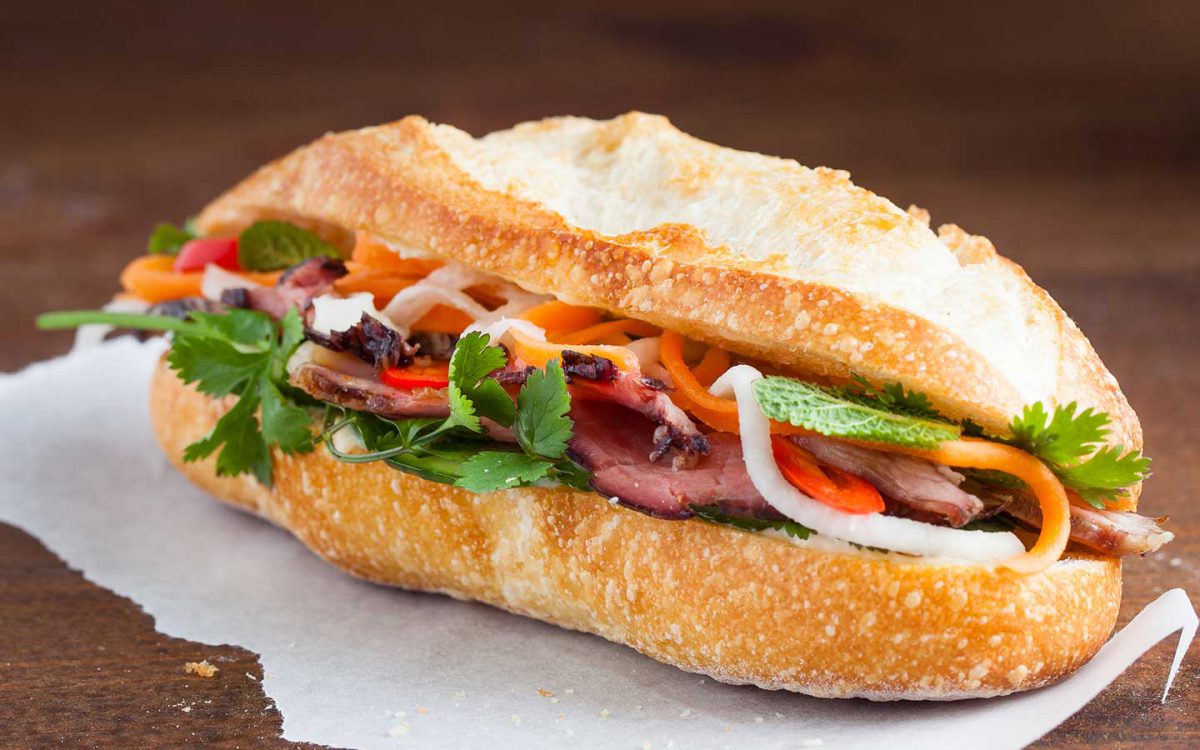
A typical breakfast with bánh mì and cà phê sữa đá
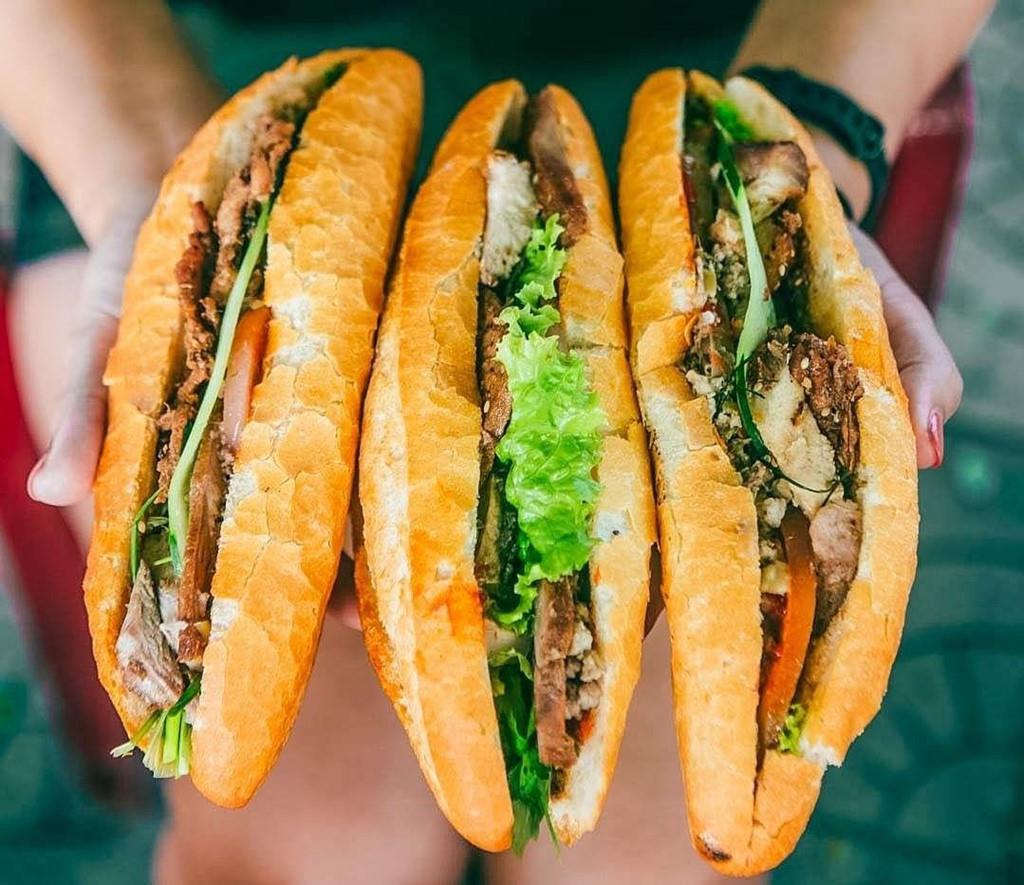
Like Phở, the world-famous noodle soup of Vietnam, Bánh mì and Cà phê sữa đá have now been worldwide popular and their names are internationally recognized. Technically, Bánh mì is a baguette with a range of different fillings inside like herbs, vegetables, cold cuts, pasta, sauce, and roasted pork or shredded chicken. And cà phê sữa đá is an iced coffee with thick condensed milk and it’s not a surprise to know that coffee is a big deal in Vietnam since Vietnam makes itself the 2nd largest coffee exporter in the world.
Together, Bánh mì and cà phê sữa đá make themselves a desirable combo for breakfast. Being aware of that fact, the street vendors always sell Bánh mì on the mobile carts next to the coffee shops to make it easy and convenient for any “breakfast seeker”. If you are in a hurry, that’s just easy for you to order a Bánh mì and a Cà phê sữa đá at the same time and they’ll be delivered directly to you in less than 5 minutes and that really saves your time. In contrast, if you have time, that will be a perfect moment for you in the morning, you can take your time to enjoy your bánh mì and cà phê sữa đá on a stool while eyeing the cramped street full of busy people.
The diversity of bánh mì and cà phê sữa đá along Vietnam
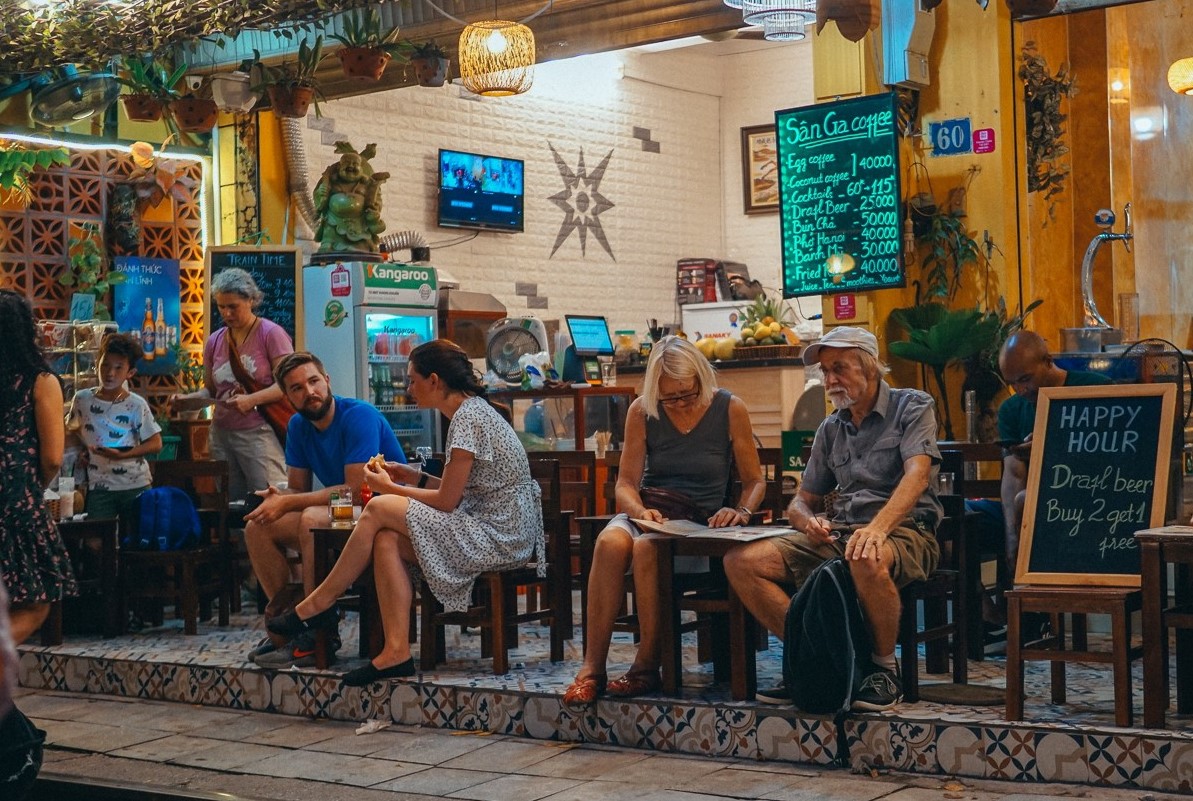
Even though both Bánh mì and cà phê sữa đá are considered as the nation’s signature dishes, there are still some slight differences and interesting improvisations along the country.
To bánh mì, originally bánh mì was just a long French baguette and it crept into Vietnam during the French colony, however, Vietnamese people have improvised, adjusted and transformed it into internationally Vietnamese food. Back to the present, starting from Hồ Chí Minh city, Bánh mì is usually stuffed with roasted pork, cucumber, coriander, jambon, cold cuts, sauce, and sliced chilies. Moving to Đà Lạt, you can’t miss Bánh mì with meatball placed beautifully with vegetables inside and it’s just great to take a huge bite of crunchy Bánh mì in the cold morning of Đà Lạt. Another well-known city for Bánh mì is Hội An with the famous Bánh mì Phượng, and the key to their fame is the secret combination of three different sauces into the bread. Finally, coming to the capital of Hà Nội, we can crave a Bánh mì with a hot pan, basically, a pan with a fried egg, steak, sausage are cooked and put on a pan with sauce and you just have to break your bread into pieces and dip them in the pan.
Coming to the other half of the inseparable combo, we will take a look at the differences of coffee around Vietnam. First of all, most used coffee in Vietnam is Robusta with its strong bitterness, while Arabica is more popular in Western countries. To make a cà phê sữa đá, Vietnamese people normally put a thick layer of condensed milk into a glass, then they put a coffee filter over the glass, add ground coffee into the filter and finally pour boiled water into the filter. All you have to do is bring another glass of ice cube and wait for 5 minutes until the last drop of coffee drips over the condensed milk, then you can use the coffee spoon to blend the mixture together and pour the mixture into the glass of ice. Take a sip of cà phê sữa đá, you’ll feel the freshness of ice, the super-sweet taste of milk and the aromatic bitterness of coffee, altogether they will leave an unforgettable impression for anyone who tries it for the first time. Besides that common coffee, there are other famous coffees with unique recipes, for instance: the famous egg coffee in Hà Nội, the coconut coffee of Hồ Chí Minh city or the fruit coffee in the Mekong delta.
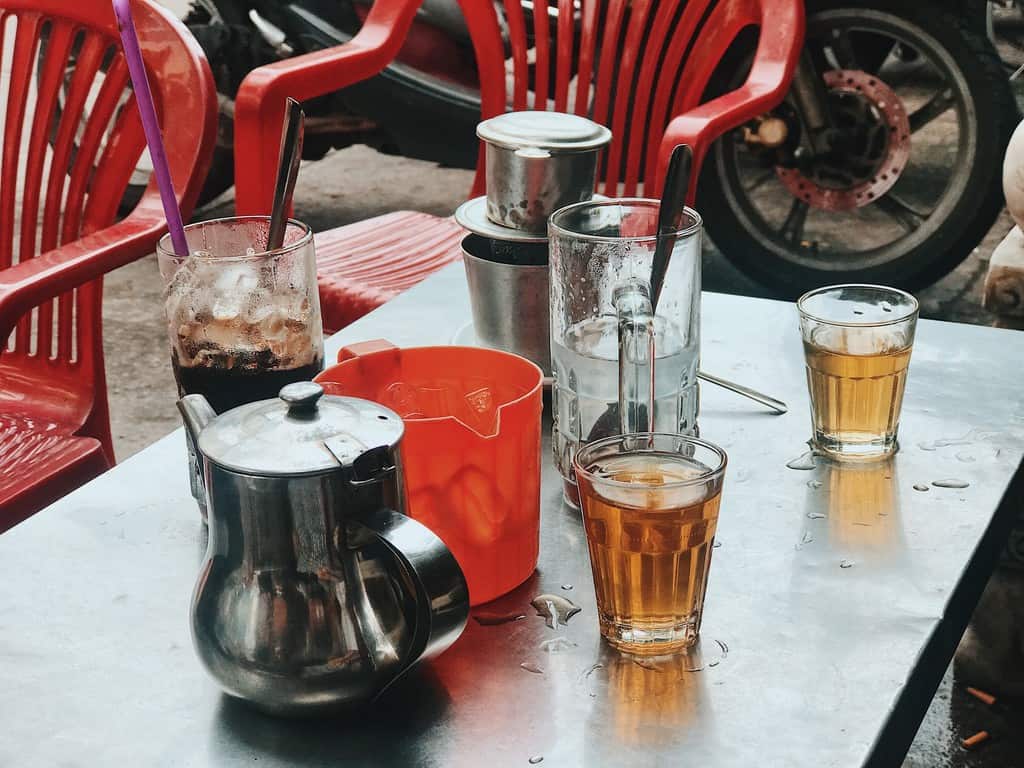
Vietnamese pride
Bánh mì and cà phê sữa đá are no longer simply the foods, they are the pride of Vietnamese and everyday Vietnamese people around the world are carrying that pride and trying to make Bánh mì and cà phê sữa đá more and more famous. Vietnamese will protect Bánh mì and cà phê sữa đá at any rate like the way they have fought and protected their country during those 4000 years of history against any enemies.

.png)




